In this episode Geoff and Gerry speak with Dave Grant, a Cat 2 and masters cyclist, who traveled to the Netherlands in the early 90’s to live and race his bike over there.
Of course we were very interested in how he ended up in the Netherlands, how it was racing for the Sauna Diana team and what he’s up to nowadays racing Road, Track, Cyclocross, and Mountain Bike, and how he will never do a Zwift race. Dave also discusses how training has changed under Covid 19, what new technology he’s really excited about, and what his goals will be once the racing season returns.
The Sauna Diana team was the very first team who actually had a coach-bus (English Doubledecker bus) for their riders. After the double decker bus they acquired a coach bus which the lent to the TVM pro cycling team during the Tour de France. In those days the pro team didn't have the luxurious coach busses they have today, and the riders had to get changed sitting in the back of the team car.
https://www.activeyards.com/
https://www.road-results.com/team/35651
https://www.trekbikes.com/us/en_US/
https://www.lowlandscycling.com
https://cyclinginflanders.cc/bucket-lists Cyclo Sportive's in Belgium
https://youtu.be/5osKi5Z184I The Move - Best of Liege-Bastogne-Liege
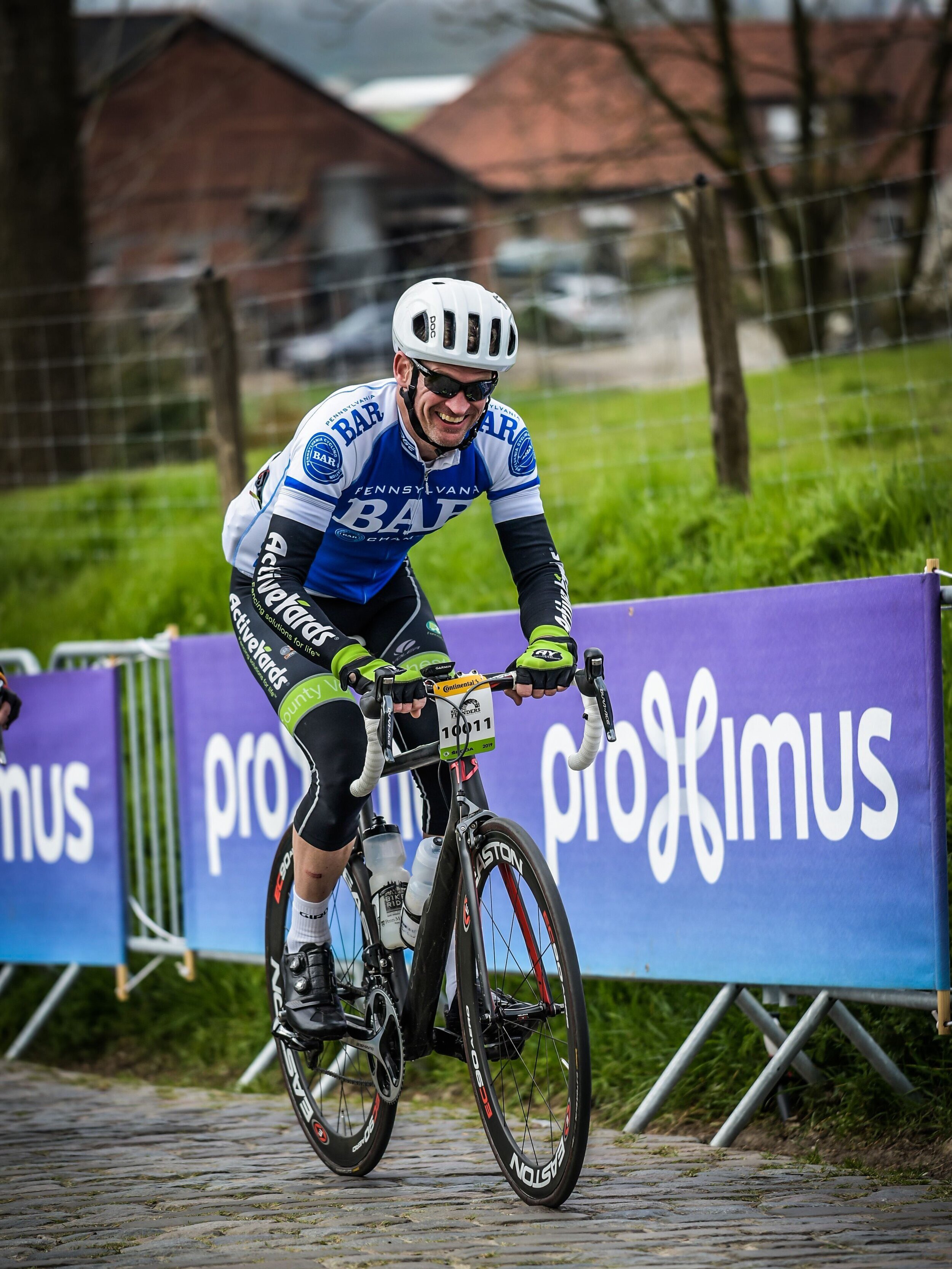
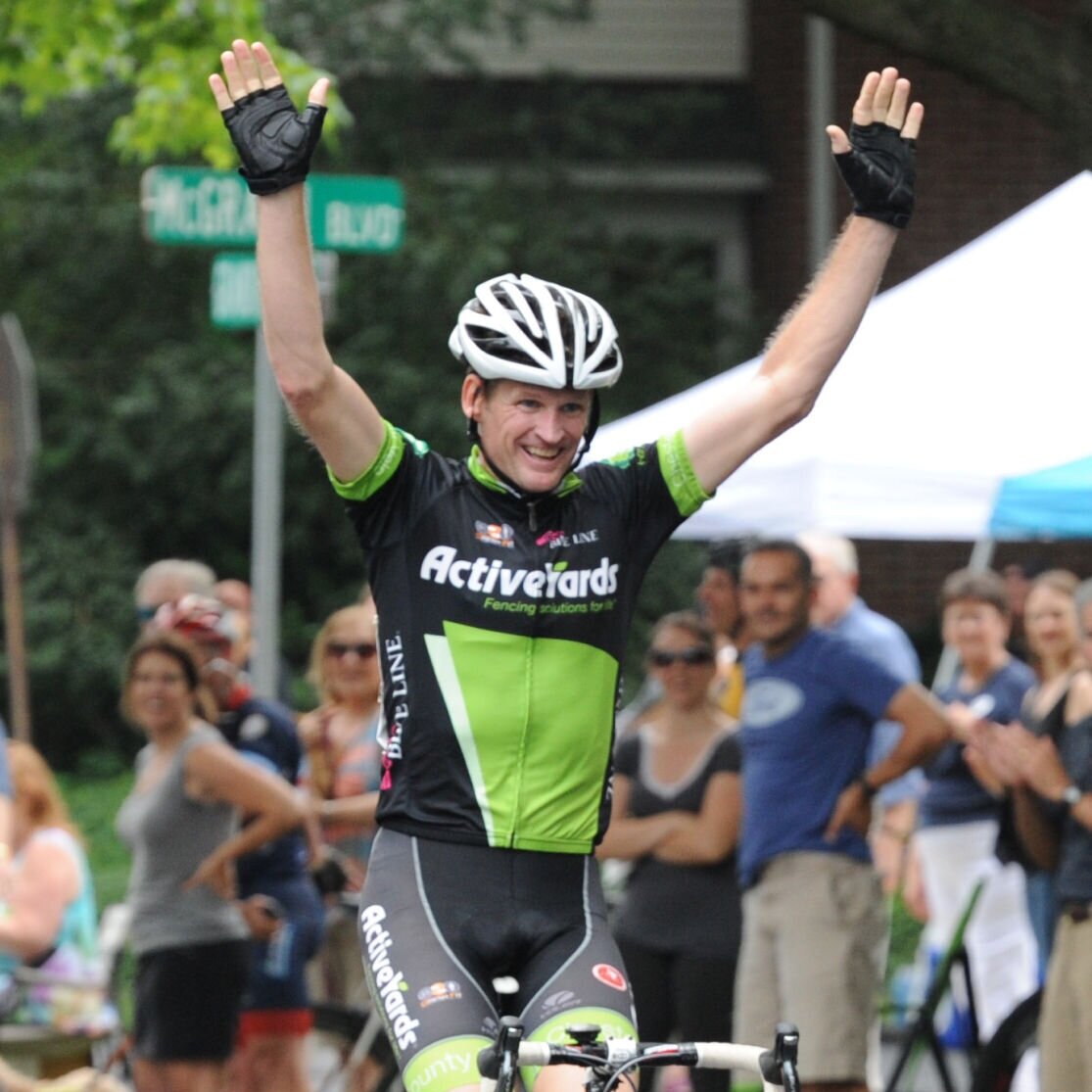
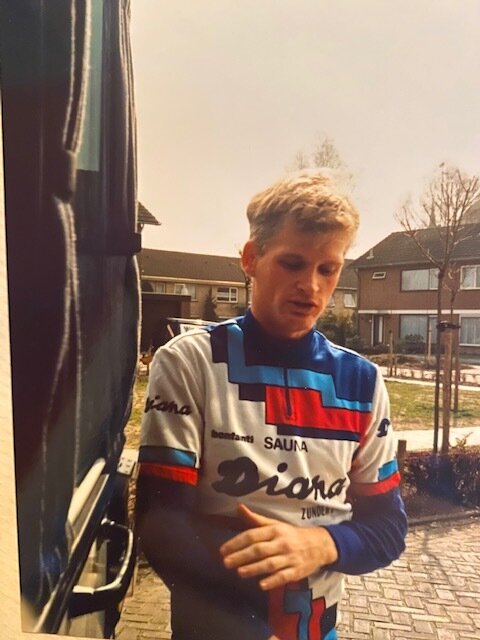
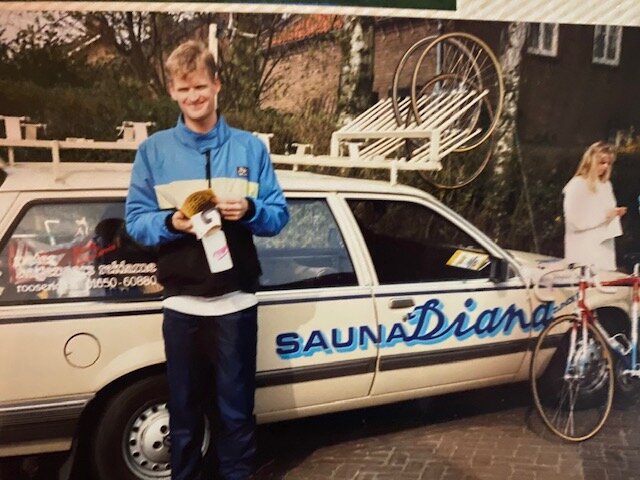
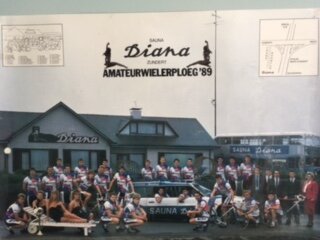
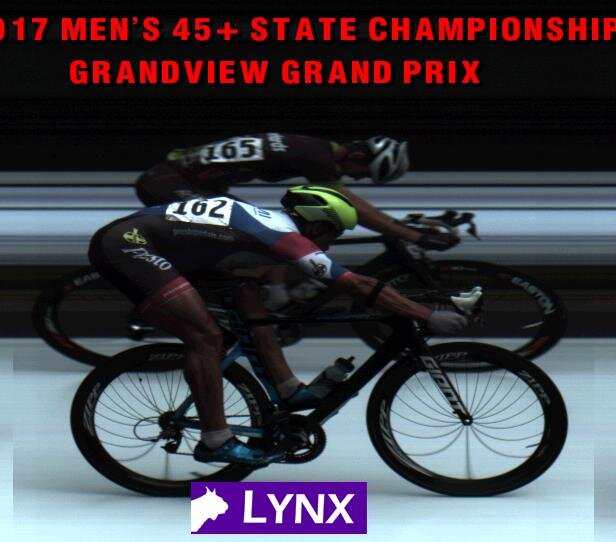

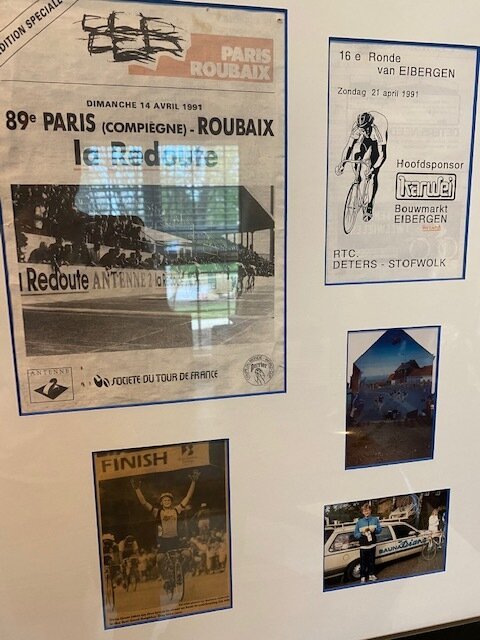
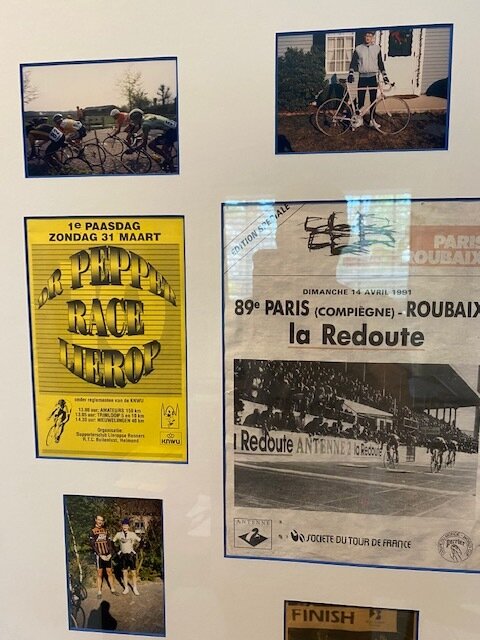
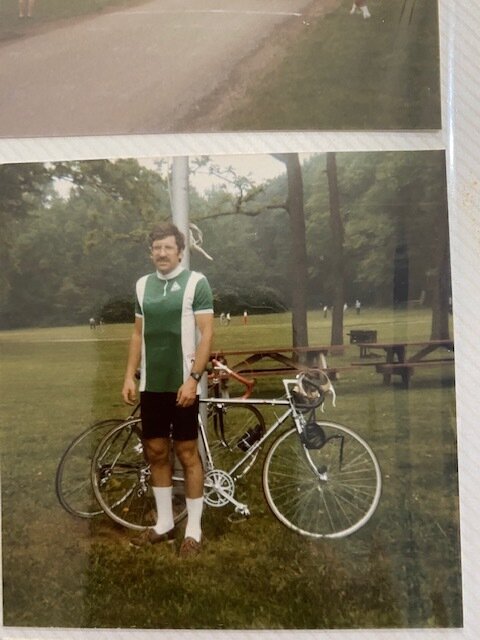
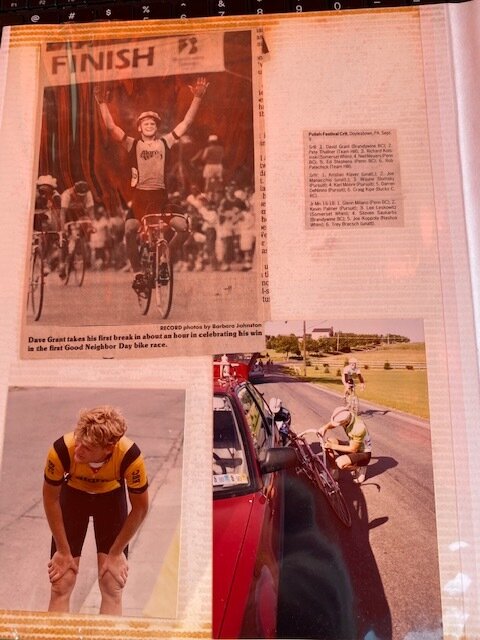
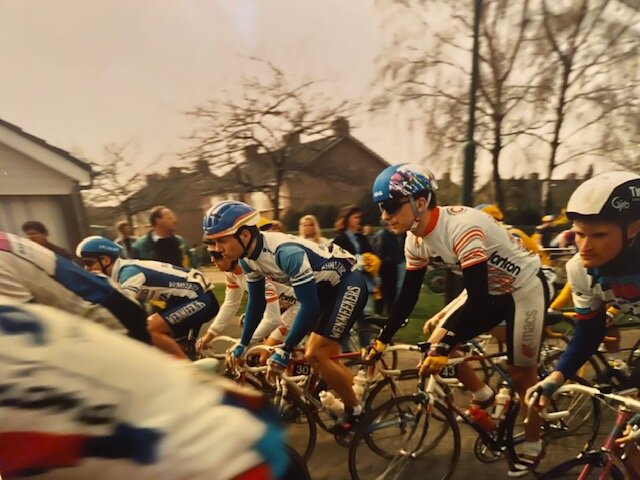
Reference 1
In the interview Gerry talks about the gear ratio for youth cycling in the Netherlands. To elaborate and clarify more read the following piece.
“It is important to have a “small” chain ring to learn how to cycle smoothly. So if an option is 49 × 18 or 43 × 16 then 43 × 16 is the better choice. High cadence in order to reduce pushing the pedals to hard and to work on cycling form”. This reduces the strain on muscles and joints, such as hips and knees.
From the dutch federation rules and guidelines book:
A bicycle has a so-called "resistance" That is the distance the bicycle travels when the bottom bracket spins exactly once. If you have a very large front sprocket and a very small rear sprocket, the bike will travel a great distance. It is then said that you have a heavy resistance. As a youth cyclist you may not ride with too much resistance; for the purpose of fair competition and to prevent straining the knees. The table below shows for each discipline with which resistance you can drive in each category.
To measure whether your resistance is OK, do the following: First run the chain over the largest front sprocket and the smallest rear sprocket. Then push the bike straight back after first placing a crank (to which the pedal is attached) exactly down. Keep pushing until this crank points exactly down again. The distance covered by the bicycle must then be equal to or less than the distance in the table above. The table below gives an overview of this.
The jury often checks whether your resistance is not too heavy. This check can take place before or after the match. The jury usually uses a yardstick for this. It then measures the distance the bicycle travels per revolution of the bottom bracket. Checking the resistance is based on the largest front blade and the smallest rear sprocket on the bicycle. Any securing of the derailleurs is not taken into account.
Youth categories
8 year old
9 year old
10 year old
11 year old
12 year old
13 year old
14 year old



